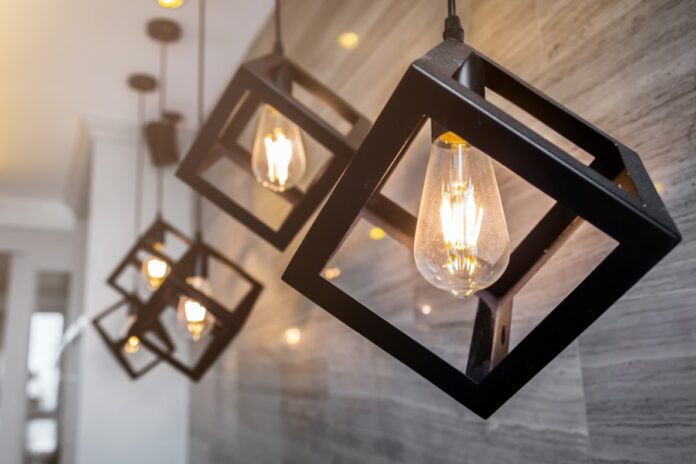In contemporary interior design, lighting is pivotal in practical illumination, ambiance creation, and aesthetic enhancement.
Over the years, lighting has undergone remarkable transformations, giving rise to innovations such as motion sensor lights.
These cutting-edge lighting solutions seamlessly combine functionality with energy efficiency, making them indispensable in modern homes.
Responsive Lighting for Modern Living
In today’s fast-paced world, convenience reigns supreme. Motion sensor lights have surged in popularity due to their ability to meet needs effortlessly.
Picture entering a room and witnessing the lights spring to life, illuminating your path. This touch of luxury adds convenience and boosts safety and security.
Efficiency Redefined: Energy-Saving Brilliance
Gone are the days of traditional lighting systems inadvertently left on, wasting energy. Motion sensor lights herald a new era of efficiency. They activate only when needed, intelligently detecting movement.
This translates into reduced energy usage and lower utility bills, appealing to eco-conscious homeowners seeking sustainability.
Harmonious Integration with Contemporary Design
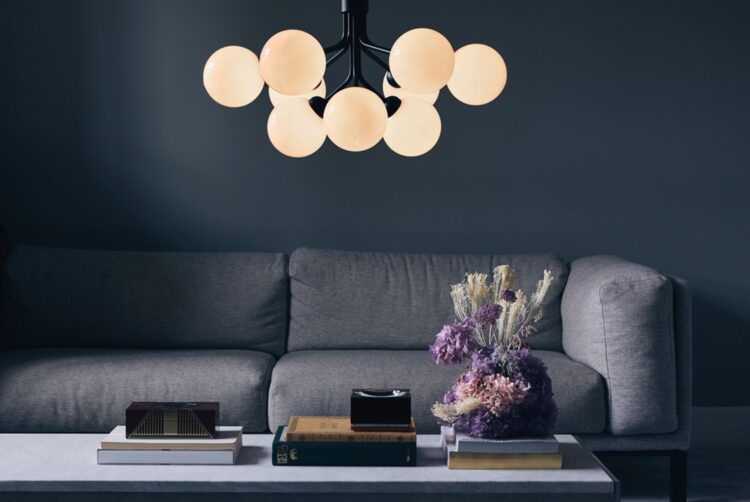
The fusion of technology and design is a cornerstone of modern aesthetics. Motion sensor lights seamlessly blend into various design themes, from minimalistic to eclectic.
With their sleek and discreet design, they harmonize with the visual flow of a space, enhancing the overall design while providing unmatched functionality.
Enhancing Security: Motion Sensor Lights as Guardians
In the realm of home security, motion sensor lights play a pivotal role. They can detect motion even in low-light conditions, deterring potential intruders.
By flooding the area with light, they expose any unusual activity, safeguarding your loved ones and property.
This advanced security feature aligns with modern homeowners’ comprehensive safety needs.
Elevating Outdoor Spaces: Motion Sensor Lights Beyond Indoors
While motion sensor lights are synonymous with indoor use, their versatility extends to outdoor areas. Gardens, pathways, and entrances can benefit greatly from their practicality and elegance.
By illuminating outdoor spaces upon detecting movement, these lights enhance visibility and create an enchanting atmosphere, enriching the outdoor experience.
Simple Installation: Embracing the Future of Lighting
Installing motion sensor lights is remarkably straightforward and accessible to a wide range of homeowners.
Often retrofitted into existing systems, they minimize the need for extensive electrical work. Wireless technology advancements have given rise to wireless motion sensor lights strategically placed without wiring constraints.
Tailored to Every Need
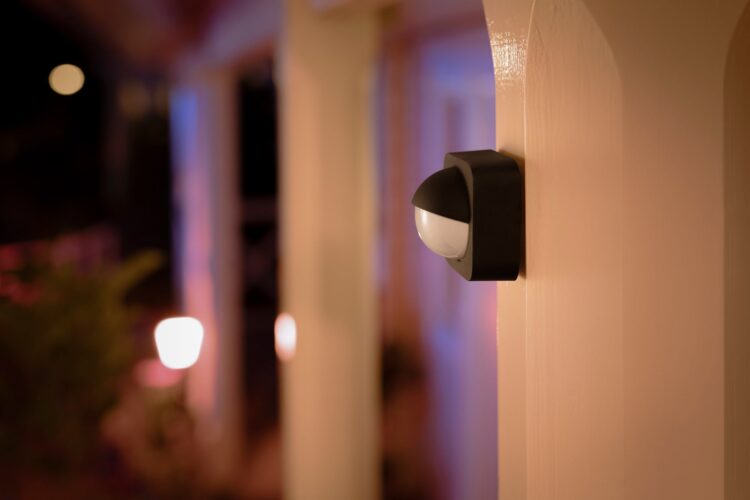
Modern consumers seek personalized solutions catering to their unique requirements. Motion sensor lights offer various options featuring different sensitivity levels and customization.
Whether you prefer lights activated by subtle motion or deliberate movements, a suitable solution awaits.
The Future of Home Lighting
As technology evolves, so does home lighting. Motion sensor lights represent a significant stride toward intelligent, user-friendly lighting solutions.
Merging seamlessly with contemporary design, enhancing security, and contributing to energy conservation position them as pivotal components in today’s and tomorrow’s smart homes.
Embracing Connectivity: Smart Integration for Connected Homes
In the Internet of Things (IoT) era, motion sensor lights are not just efficient illuminators; they are integral to a connected home ecosystem.
These lights integrate with smart home platforms, enabling remote control via smartphones or voice assistants.
Picture arriving home late and activating motion sensor lights from your phone, ensuring a well-lit pathway. This connectivity enhances convenience and grants homeowners control over lighting even when away.
Adaptive Lighting for Wellness
Beyond practicality and aesthetics, lighting’s impact on well-being is gaining recognition. Research shows lighting influences circadian rhythms and mood.
Motion sensor lights can feature advanced sensors adjusting color temperature and intensity based on the time of day.
Emitting cool, bright light in the morning aids natural waking, transitioning to warmer tones throughout the day for a cozy atmosphere. This adaptive lighting fosters better sleep patterns and a healthier lifestyle.
Interactive Artistry: Motion Sensor Lights as Creative Statements
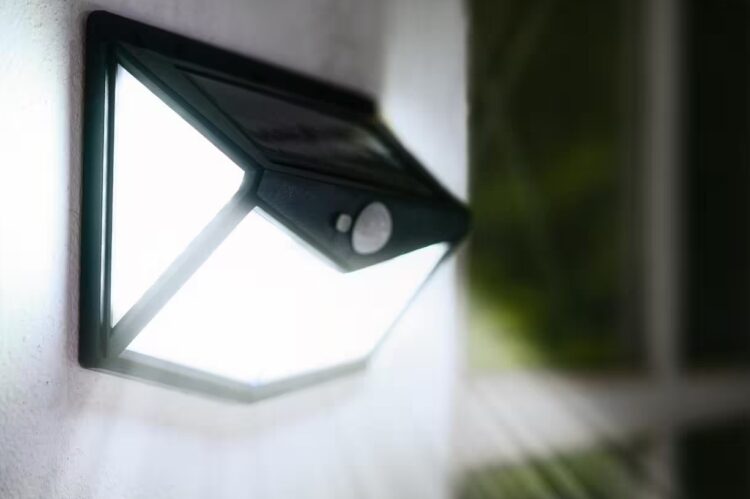
Designers explore ways to turn functional lights into interactive art as motion sensor technology advances.
Imagine a foyer where these lights guide and create mesmerizing patterns that dance around you.
Programmed to respond with artistic flair, they transform spaces into dynamic canvases, where light becomes an artistic medium.
Data-driven Insights for Space Optimisation
Integrating motion sensor lights with data collection opens possibilities for optimizing living spaces. Analyzing movement patterns provides insights for interior designers and homeowners seeking functional space enhancement.
Discover underutilized areas for repurposing or high-traffic zones needing reconfiguration. Motion sensor lights become illuminators and silent observers, evolving space design.
Weather-Responsive Environmental Adaptation
Motion sensor lights can evolve further with weather-sensitive features. Advanced models connect to forecasts and adjust behavior accordingly.
On cloudy days, they activate more or provide brighter illumination. Moonlit nights see reduced intensity, conserving energy and respecting natural rhythms. Adapting to external conditions fosters sustainable lighting strategies.
Human-Centric Illumination
At the forefront of modern lighting innovation, motion sensor lights introduce a paradigm shift by prioritizing human-centric illumination.
Beyond simple automation, these lights incorporate advanced sensors to create a dynamic lighting experience synchronized with our natural rhythms.
Emitting gentle, warm light during late-night excursions and seamlessly adjusting intensity based on available daylight, motion sensor lights enhance visual comfort and emotional well-being.
This personalized approach to lighting acknowledges the impact of illumination on our daily lives, ensuring that our surroundings not only illuminate but also support our holistic health, fostering spaces that nurture and invigorate.
Architectural Integration: Seamlessly Blending with Structures
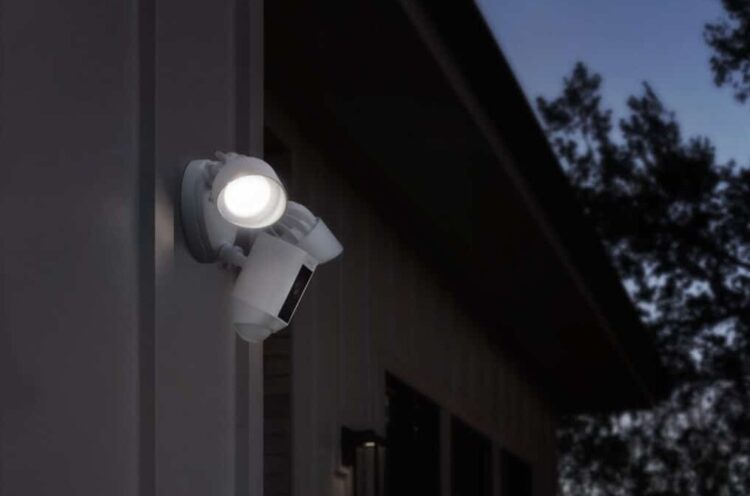
Motion sensor lights have evolved beyond their utilitarian function to become integral to architectural design.
Designers and architects creatively incorporate these lights into the very structure of spaces, from ceilings to floors, merging functionality with aesthetics.
By skillfully integrating motion sensor lights, these architectural elements illuminate and define spatial boundaries, highlight architectural details, and guide movement, contributing to a dynamic and immersive environment that redefines how we experience and interact with architecture.
Conclusion: Lighting the Path to a Brighter Future
Motion sensor lights pioneer innovation in evolving interior design, uniting functionality, aesthetics, and technology.
Beyond illumination, they drive positive change in living spaces. Transforming homes into efficient, secure, and creative environments, they hold promise for the future.
From interactive art to data insights, health-conscious lighting to weather adaptation, motion sensor lights redefine living spaces’ interaction.
Amid expanding technology and design boundaries, motion sensor lights will lead the transformation, guiding toward connected, responsive surroundings.
Whether entering a room or envisioning smart homes, motion sensor lights illuminate the way.

